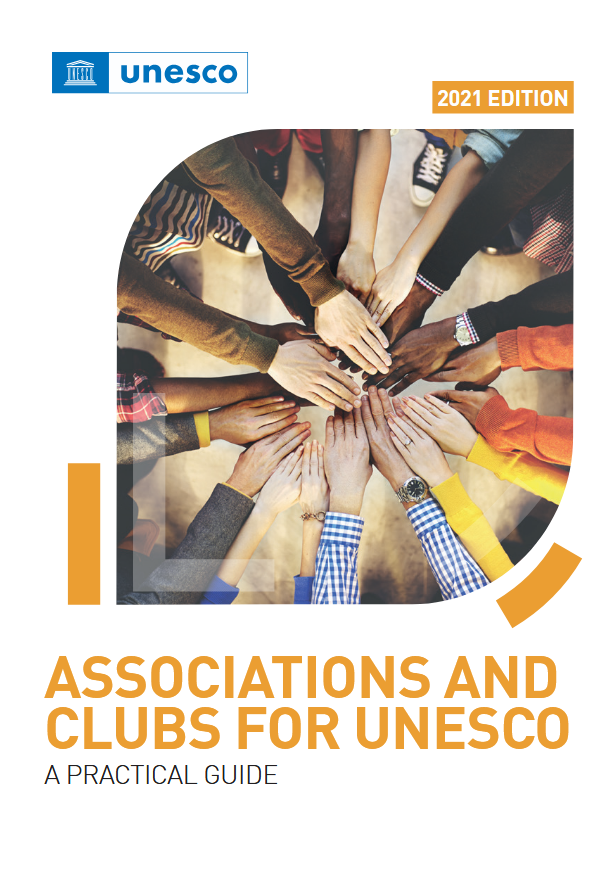UNESCO Clubs
 |
UNESCO associations and clubs are groups of people of all ages, from different social and professional backgrounds, who share the ideals of UNESCO and strive to spread knowledge of these ideals. The first UNESCO club was founded in 1947 in Sendai, Japan, even before Japan became a member of UNESCO. Two years later, there were already 100 such UNESCO associations and clubs around the world. The then Director-General of UNESCO, Jaime Torres Bodet, called for the establishment of UNESCO associations and clubs in secondary and higher education institutions, which was of immense importance for their subsequent expansion. Today, there are more than 4,000 such associations and clubs in more than 75 countries around the world. |
Forms of UNESCO associations and clubs:
- Most UNESCO associations and clubs are based in schools, and the members are teachers and students.
- UNESCO associations and clubs operating at universities and colleges are established on the initiative of student groups
- associations and clubs are not intended specifically for schoolchildren and students, but also for wider groups of people, such as leading members of cultural and public circles in the municipality

Relations between UNESCO and UNESCO associations and clubs:
- Intellectual assistance – UNESCO supports initiatives, proposes the establishment of clubs where it deems necessary and responds to requests for programmes of activities. It encourages exchanges of people and information between different countries.
- Material assistance – UNESCO provides free publications of a general nature about UNESCO, or specific materials on specific topics.
- Financial assistance – UNESCO does not fund clubs, and with rare exceptions does not provide direct financial assistance. Clubs can contact the Slovak Commission for UNESCO with requests for contributions to projects spreading UNESCO ideas.
Last update: Updated 16.05.2025 15:22 Print Page Up